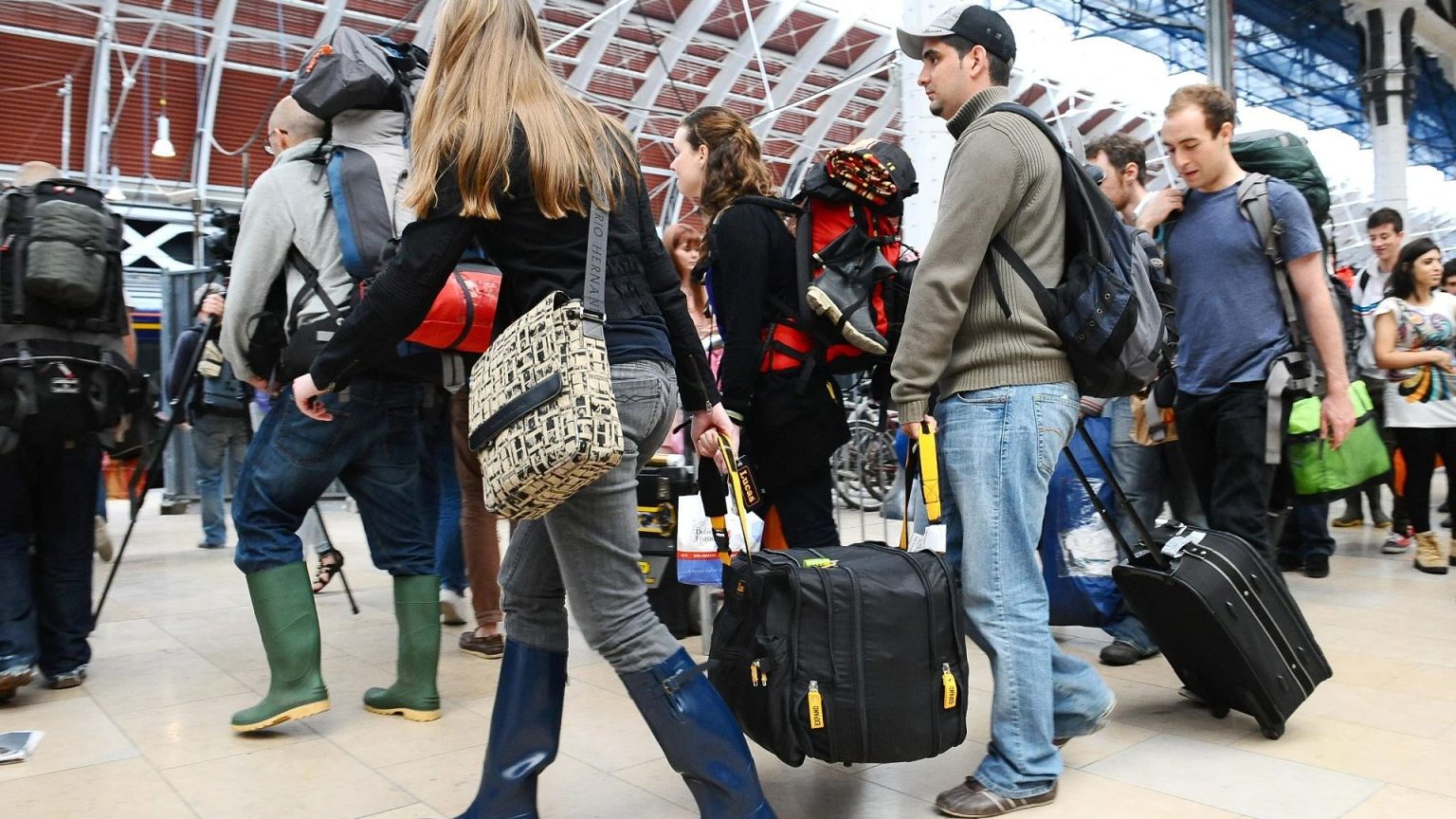1. The Government’s Plan for the East West Rail Network (EWR):
The UK government has recently announced a £5 billion plan to continue implementing the East West Rail (EWR) network, preparing for a major infrastructure project that connects Oxford and Cambridge, the capital cities of Oxfordshire and Buckinghamshire, respectively. The Chancellor, Chancellor Rachel Reeves, has announced an additional £2.5 billion to support the £5 billion initiative. This funding is significant, as it is included in the broader government’s commitment to developing the Oxford-Camking Growth Corridor, aiming to foster economic growth, connectivity, and sustainable transport across the region. The EWR project is expected to transform the transport links between Oxford and Cambridge, leveraging the iconic-than least-traveled routes of train and road through the Birmingham-Oxford brewery. The new rail line is projected to attract seasonal客流量, including long-amable group travel (PTDs), child trips, and trips for young professionals. By centralizing this area’s transport needs, the EWR project will position Oxfordshire as a hub for public transit, commuting, and business travel, while also contributing to regional economic growth. It is expected to facilitate the opening of connections to major European airports and towns, such as Swindon,[ix] and Bristol.
2. The Financial Support and the Staged Growth of EWR:
The £2.5 billion funding was announced in a Spending Review statement, following delays that have persisted since its conception over 20 years ago. The EWR project, originally planned to have costs exceeding £5 billion, is now divided into four key segments: upgrading the rail network between Oxford and Bicester (completed in 2016), restoring a disused line between Bicester and Bletchley Parkoxford, refurbishing the existing route from Bletchley to Bedford (planned to be completed by 2030), and constructing the final stretch of the line from Bedford to Cambridge, which remains in planning stage.
The government emphasizes that EWR will not only enhance connectivity but also support economic development by providing new housing opportunities and boosting local businesses. The railway is expected to aid in evening out transport links, making areas more attractive for investment and business start-ups. Significant attention has been paid to ensuring that Oxfordshire works closely with its implements, the project is a critical,g connectivity strategy for the region, and it will aim to maximize its benefits in terms of economic, social, and environmental contributions, while supporting onward rail links such as to Swindon and Bristol[y].
3. The Strangers Taxi Closure, and the Future of Trains in Oxfordshire:
Meanwhile, the closure of the disposals of the ‘Stranger Taxi’ to Oxford resulted in a shocking and dangerous event, highlighting the concerns surrounding travel delays. This complication underscored the importance of securing future infrastructure investment to keep the network running at all times. Such delays could further reduce passenger and freight volume, particularly if trains are occasionally cancelled or delayed. Given the potential impact of delays on London Road’s accessibility, the government has issued specific calls to action to secure £3.5 billion from the upcoming Spending Review, which will be used to improve the TransPennine rail route, linking Quantum York to Leeds and Manchester. This includes intending London Road to remain open, which has been_closure-free at the time of the review. Below are some of the key outcomes of the funding plans already underway:
- Further Investment in Trains: Plans include injecting further £4.5 billion into the design, construction, and operation of EWR’s trains. This would support high-quality services and ensure that moving between Oxford and Cambridge is a seamless, modern journey.
- Understanding the Impact on Oxfordshire: The project emphasizes building high-quality first-mile and last-mile connectivity from key stations along the network, ensuring that Oxfordshire serves both as a hub for transport and business and a learning beacon for those looking to travel to the rest of the country through its railway routes.
- Environmental Benefits: The government is committed to green-toning investment in EWR, including pilgrimage infrastructure and underground travel networks, ensuring that the project aligns with climate goals.
In conclusion, the East West Rail project stands as a beacon of modern transport innovation, setting new standards for infrastructure and connecting cities at the heart of England. Its successful implementation has catalyzed new expectations from research institutions and industry, seeding a future of more robust, sustainable, and cost-effective modes of transportation, reducing the risk of delays, closures, and disruptions.oxford, cambridge, and thekernel of Oxfordshire; this development not only bolsters trade growth but also strengthens the region’s reputation as a leader in transport and regional development.


